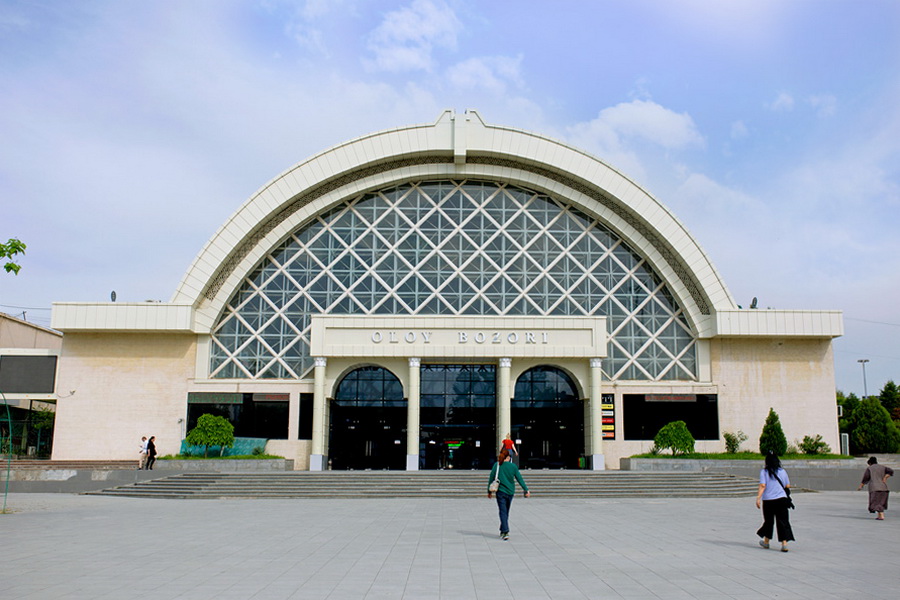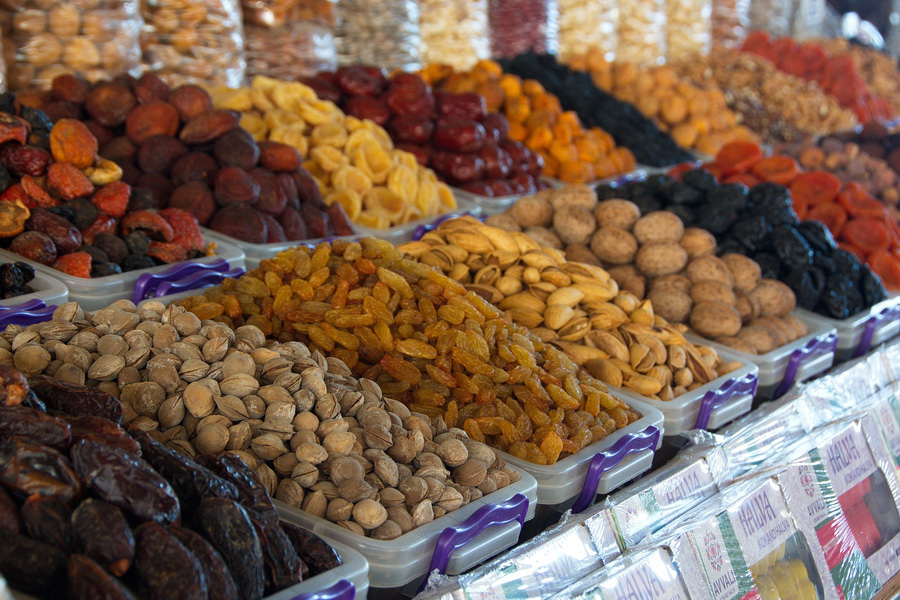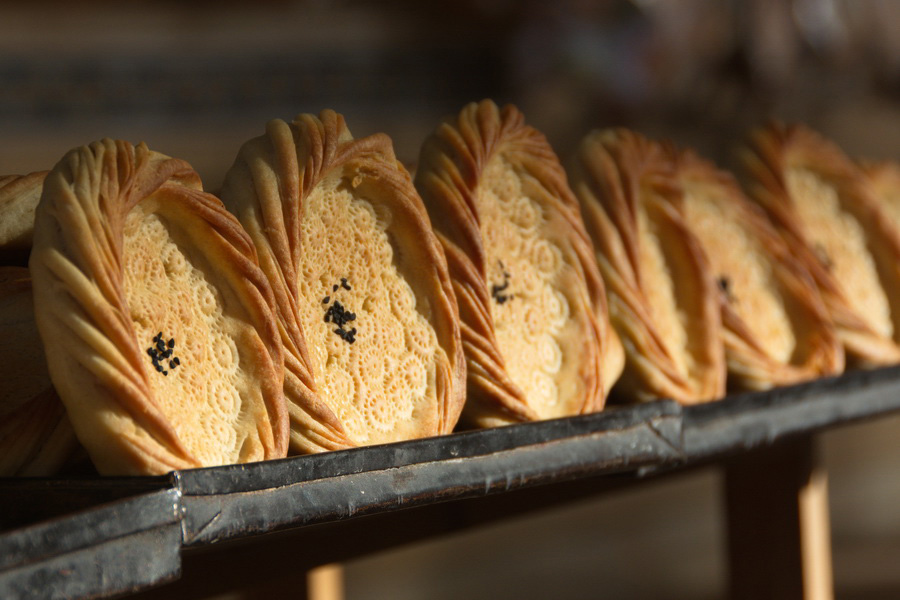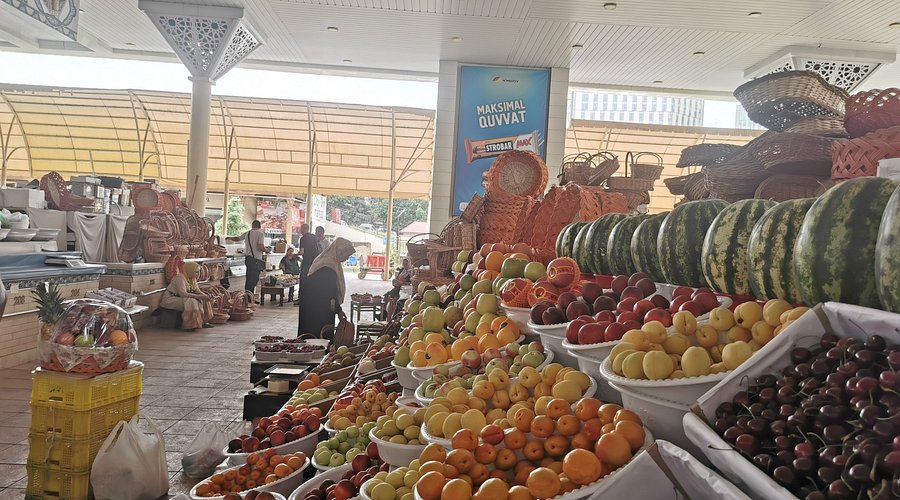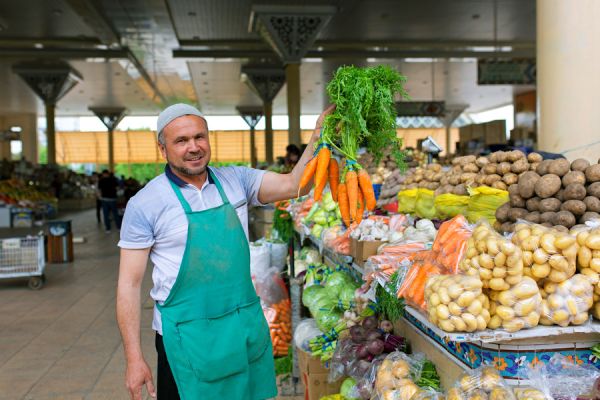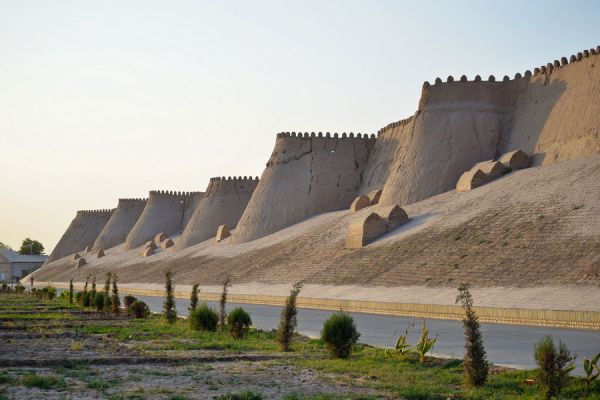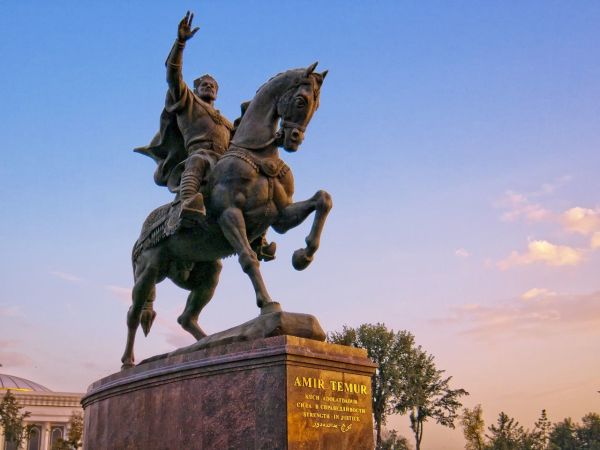Alai Bazaar
The Alai Dehkan Bazaar in Tashkent is one of the oldest and most popular markets in the city. Its name comes from the name of the local Mount Oloy, located on the territory of the Great Silk Road running from East Turkestan through the Fergana Valley. According to the second version, the name comes from the Turkic word "alai", meaning "soldier", since the market at one time was located in the immediate vicinity of the soldiers' settlements and mainly sold things necessary for soldiers.
History
The first mentions of the emergence of a spontaneous market in the vicinity of Mount Oloy date back to the 12th–13th centuries, and up to the 19th century, local residents living nearby, Kazakhs and Uzbeks, Tajiks and Kyrgyz, conducted their trade here. They sold various handmade items such as silk fabrics and pottery, as well as spices, vegetables and fruits, and even livestock. At this time, settlements began to appear around the popular Alai market, and gradually it became one of the most prestigious places of trade in Uzbekistan, thanks, among other things, to its location between the Old City and the new districts of Tashkent.
In the 19th century, the transshipment trading post grew to the size of a real bazaar. And already in the middle of the 20th century, in order to make trade more convenient for sellers and buyers, small white brick stalls began to be erected on the territory of the Alai Bazaar in Tashkent. In the 1960s, a large two-story-high milk and meat trade pavilion was built here. At this time, the Alai market became the central market of the city, along with the second large bazaar in Tashkent called Chorsu.
What to buy
The Alai bazaar has been completely reconstructed and modernized in our time. Currently, the market has about 2,000 different stalls selling local vegetables and fruits, pickles and spices that spread their flavor throughout the bazaar, and mushrooms grown in greenhouses. You can also always find a wide variety of fresh fish, meat and poultry (including smoked meats — sausages and sausage, carbonate and loin), milk and various products from it (cottage cheese, sour cream, cheese, sour milk, yogurt and others). There is a small specialized clothing market with affordable prices and a market for products with beautiful wicker baskets.
Of course, a special place in the Alai bazaar is occupied by the sale of beautiful flowers and traditional oriental sweets: navat (crystallized sugar from grapes), kozinaki (nuts and seeds soaked in honey or sugar syrup), parvarda (caramelized sugar rolled in flour), pashmak (elongated strands of sugar rolled in flour and sugar powdered sugar), kishmish (dried grapes), dates and other sweets. There is also a huge selection of different nuts: peanuts and pistachios, cashews and walnuts, spices: black pepper, ginger and saffron. There are even unusual almond seeds and salted apricot seeds. Most of the products are made in the country, but there are also imported shipments.
Separately, it is worth noting a large two—storey building, which sells various jewelry made of precious metals - gold and silver — and various precious stones. There is also a large selection of jewelry, both locally and imported.
As in ancient times, there is more than just trade in any modern oriental bazaar. It is the central place of urban social life and gathering of the entire local population. People come here not only to buy necessary things and products, but also to chat with friends in a teahouse or have a snack in a cafe with national Uzbek dishes. Photos of the Alai Bazaar can often be seen on various postcards with views of Tashkent, as it has a very respectable appearance and a very beautiful design of the main entrance.
